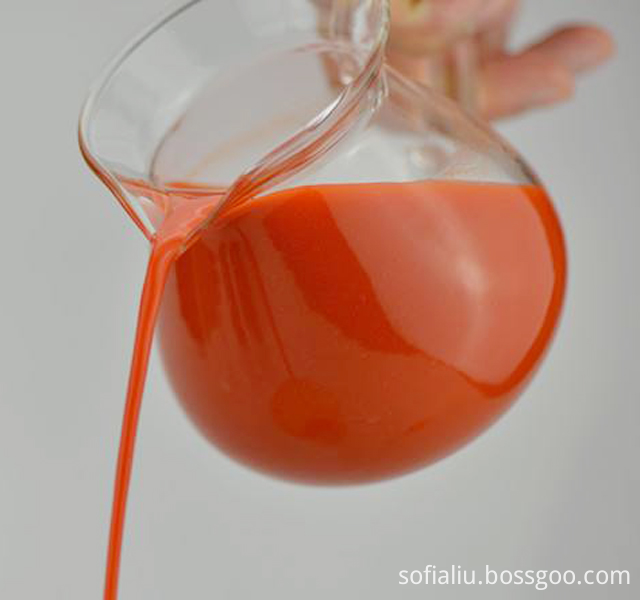In recent years, many local varieties have changed their resistance to rice stripe disease, which has resulted in a large area of ​​rice varieties with poor resistance to rice blast, especially panicle blast. To this end, experts have reminded rice farmers that if the rice heading and flowering period encounter rainy weather, it should be alert to the occurrence of panicle blasts.
According to reports, rice blast disease in rice seedlings, transplanting after the tillering period and heading period infestation, the formation of seedlings, leafhoppers and panicle blast. Among them, panicle pods have the greatest impact on rice, which impairs the panicle and neck of main pedicel to the branching of the first peduncle and the cobs and branches, resulting in a decline in yield and quality.
The occurrence of panicle blast is closely related to the variety resistance. The resistance to rice blast is used as a breeding target, and the resistance of the varieties to the local race of rice blast must be taken into account in screening and identification. In the natural environment, after planting disease-resistant varieties, some of the weaker physiological races of rice blast will rise as the main pathogenic factors, making the original disease-resistant varieties become susceptible. The resistance of new varieties can only be stable for 3 to 5 years.
The main determinant of the occurrence of panicle blast is the weather conditions during the flowering period. The heading period (mid-to-late August) is rainy, low in temperature, and prevalent. In recent years, climatic conditions are not suitable for the infection of pathogens, and almost no rice blast disease strains have been collected in the field. According to the laws of climate change, this year's rice heading and flowering season is accompanied by more rainy weather, coupled with adequate field bacteria, and the occurrence of panicles and neck ridges, and production should be guarded against.
The methods for preventing panicle-cervix are: first, selection of disease-resistant varieties; second, rational fertilization, application of organic fertilizers, and phosphorus and potassium fertilizers; third, scientific water use, avoiding deep-water irrigation, keeping the fields moist, and paying attention to drainage of drains during rainy days; Prevention, 2 to 3 days before the break, with 40% Fuji No. 1 EC 75-100 ml per mu, or 20% tricyclazole wettable powder 100 g, plus 50-75 kg of water spray, 7-10 days after weather conditions Remedy once.
Lycium sweet nature, Ping, owned by the liver and kidney, with nourishing liver and kidney, Liver eyesight effect, often with Rehmannia, chrysanthemum, yam, cornus and other drugs with the use. Modern medical research shows that it contains the carotene, betaine, vitamin A, vitamin B1, vitamin B2, vitamin C and calcium, phosphorus, iron, etc., with increased white blood cell activity and promote hepatocyte regeneration pharmacological effects of modern pharmacological experiments show that: Wolfberry has enhanced immune function, inhibition of tumor, lowering blood sugar, lipid-lowering, anti-fatigue and other functions.

Please feel free to leave us message.
Any inquiry would be replied within 2 hours on working days!
Production Specification Sheet
|
Product Name
|
Goji Juice
|
Country of Origin
|
Ningxia in China
|
|
ANALYSIS
|
DESCRIPTION
|
TEST METHODS
|
|
Product Name
|
Organic Goji Juice
|
Conventional
Goji Juice
|
Conventional Contracted
Goji Juice
|
|
BRIX
|
NLT 13
|
NLT 36
|
Organoleptic Inspection
|
|
Color
|
Bright auburn or Purple red
|
Organoleptic Inspection
|
|
Smell and Taste
|
Characteristic
|
Organoleptic Inspection
|
|
Texture
|
The fruit pulp contains, a period of few days the juice will appear pulp precipitation
|
Organoleptic Inspection
|
|
Total plate count(cfu/ml)
|
NMT 1000
|
GB4789.2
|
|
Salmonella
|
Absence
|
GB/T 4789.4
|
|
Staphylococcus
|
Absence
|
GB 4789.10
|
|
Pb, mg/kg
|
NMT 0.5
|
GB 5009.12
|
|
As, mg/kg
|
NMT 0.5
|
GB/T 5009.11
|
|
Cu, mg/kg
|
NMT 10.0
|
GB/T 5009.13
|
|
Pesticide Residue
|
Absence
|
NMT 0.2ppm
|
GB/T 19648-2006,
GB/T 200769-2008
|
|
Shelf Life
|
12 months if stored in a cool ventilated dry place
|
|
Package
|
210kg/drum.,Internal: double aseptic bag. External: Drum
|
|
Storage
|
It should be stored under the dry and ventilated environment
|
Natural Goji Juice
Goji Wolfberry Juice,Original Goji Juice,Wolfberry Juice,Natural Wolfberry Juice
Ningxia Wolfberry Goji Industry Co.,ltd , https://www.nx-wolfberry.com
